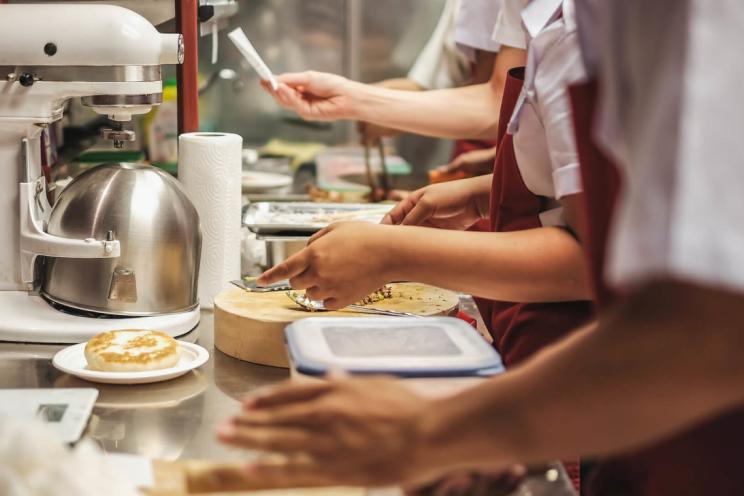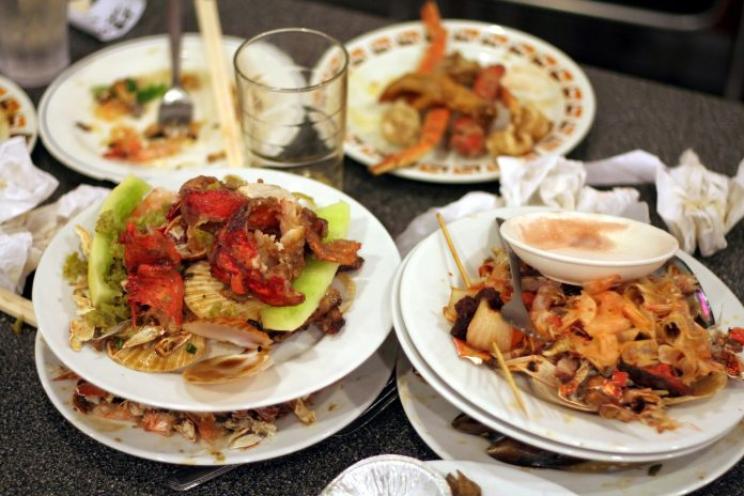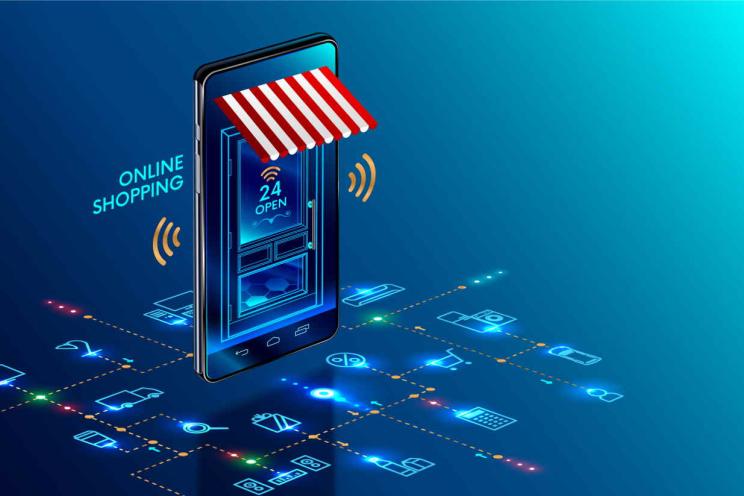
How can POS software enhance restaurants' customer experience?
You need to provide an exceptional customer experience at your restaurant to be competitive and attract new customers. Along with a well-thought-out menu, customer service remains crucial for your success and competitiveness.
In the old days, providing an unforgettable customer experience was related to greeting customers and welcoming them by waiters. A prompt service and helpful and knowledgeable employees were the keys to satisfying your customers.
Nowadays, Technology has revolutionized the way restaurants operate and interact with their guests through POS software. Far beyond its basic function of processing payments, modern POS systems have evolved to offer a myriad of features that can significantly enhance the dining experience by personalizing the whole experience, improving order accuracy, and increasing customer satisfaction.
How can the POS software enhance customer experience?
Personalizing the Dining Experience
Customer profiles and preferences: Modern POS systems can store customer information, including previous orders, dietary preferences, and allergies. When a known customer returns, the restaurant can use this data to personalize the dining experience. For example, they can recommend dishes similar to what the customer has enjoyed before, or offer special promotions based on their preferences, and even accommodate special requests. This personal touch makes customers feel valued and appreciated.
Customization options: POS systems can facilitate menu customization. Customers can easily modify their orders to suit their preferences, whether it's requesting extra toppings, selecting a different side dish, or adjusting spice levels. This level of personalization creates a sense of control and satisfaction among diners.
Loyalty programs: A Deloitte survey of more than 3,000 consumers finds that nearly half (47%) of restaurant loyalty members use their memberships several times a month, and almost a third (32%) do so several times a week, which proves the importance of loyalty programs in generating more sales.
POS systems are the backbone of effective loyalty programs and many restaurants use POS technology to implement loyalty programs. Customers can earn points for each visit or purchase, and these points can be redeemed for discounts or free items. This encourages repeat business and fosters a sense of loyalty among customers since it makes customers feel like VIPs.
Improving Order Accuracy
Visual digital menus and item images: A digital menu with beautiful imagery increases restaurant sales by 65%. POS systems with visual menus and high-resolution images of dishes make it easier for customers to select their orders. When customers can see what they are ordering, there is less room for misunderstandings, and they are more likely to receive exactly what they expect.
Order modification alerts: POS systems can accommodate complex order modifications accurately. Whether a customer wants their burger without onions or a pizza with half the toppings, the system ensures that the kitchen receives clear and accurate instructions, reducing the chance of errors.
Kitchen management systems: KMS integrated with POS technology allows for real-time order tracking in the kitchen. Chefs can see incoming orders, preparation times, and any special requests, ensuring that orders are prepared correctly and in a timely manner.
Increasing Customer Satisfaction
Faster service: Efficient POS systems streamline the ordering and payment processes, reducing wait times for customers. This efficiency is particularly important during peak hours, helping to create a positive impression. Quick and smooth service is a key factor in customer satisfaction.
Accurate billing: Mistakes in the bill can lead to customer dissatisfaction. POS systems calculate bills automatically, reducing the risk of overcharging or undercharging, which can leave a negative impression on customers.
Inventory management: Improved inventory management through POS systems helps ensure that restaurants have the ingredients they need to prepare each order. Nothing frustrates customers more than being told that an item they ordered is unavailable.
Feedback integration: Some POS systems include features for gathering customer feedback through digital surveys like Flexsurv. After their meal, customers can provide ratings and comments directly through the POS system, giving your restaurant valuable insights into your performance and areas for improvement and demonstrating your commitment to continuous enhancement.
Data-driven decision-making: POS systems collect a wealth of data on sales, customer preferences, and peak dining times. This information can be analyzed to make informed decisions about menu changes, staffing levels, and marketing strategies, all of which can contribute to a better customer experience.
POS technology has evolved far beyond its original purpose of processing payments. It now plays a pivotal role in enhancing restaurant customer experience, building customer loyalty, and succeeding in today's competitive market. Embracing the capabilities of modern POS technology is a wise investment for any restaurant looking to thrive in the digital age.





